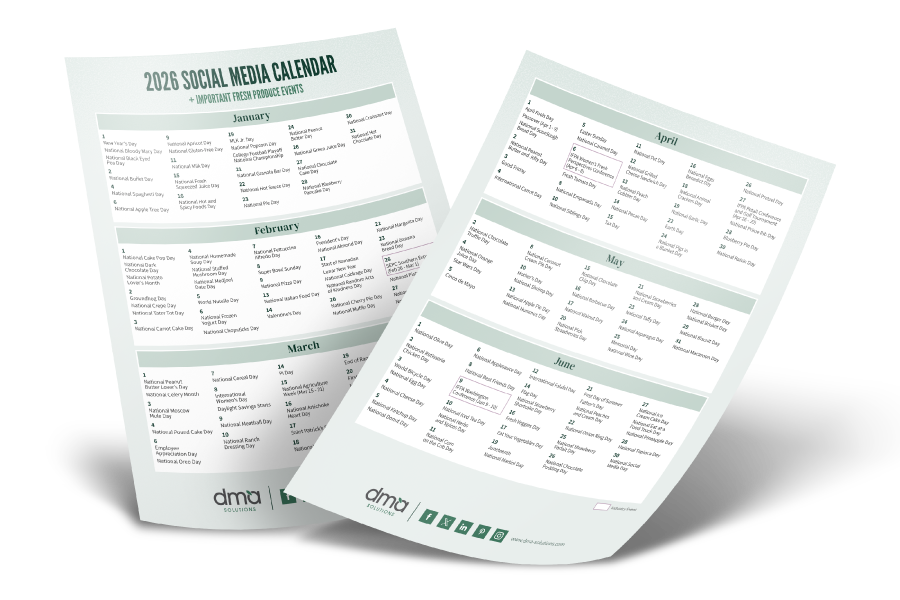Whether you work for a primarily consumer-facing brand or are more focused on a B2B audience, strategic communications with your trade audience shouldn’t ever be an afterthought! A well thought-out email plan tailored to this audience can increase the value of your brand and create opportunities for your internal teams.
Crafting Strategic Emails to Trade Audiences
Trade Emails – Where do I Start?
If you’re new to strategic trade communication with the trade, a great way to start is by collecting the questions you and your team receive on a regular basis. Analyze these questions and try to identify any common themes or reoccurring solutions that you are providing. Do you have a handful of customers who regularly reach out to your sales team for a crop update, for example? Alternatively, maybe you have frequent requests for point of sales materials—whatever they may be, take a cue from these questions to help generate topics of discussion for your emails.
Next, go a little deeper and separate into categories such as occasional content, and reoccurring content. What other topics will your trade contacts want to know more about? (New hires, team events, marketing objectives, new product launches, etc.)
Last, talk with your team to identify any topics or themes that should be elevated to trade partners—this can help shape the voice of the email and enrich the content. For example, you may want to position the collaborative nature of your sales and marketing teams and why this approach creates a better overall experience and product…
…and ta-da! You already have a pretty great start to your content plan—pretty simple, right?
From Whom Should Trade Emails Be Sent?
We approach this question differently depending on the brand. For some, it makes sense for individual members of the marketing or sales team to be listed as the sender, though in other circumstances, the director of marketing or even the CEO may be a better fit, depending on the existing relationships between recipients and your brand. Ultimately you need to determine two things: who is our audience most likely to engage with and who is able to address any responses that are sent?
How Often Should I Send Emails?
This answer is also dependent on the audience and the type of content you are sharing. Items such as crop updates may need to be shared more frequently than topics such as new hires or highlights from recent trade shows. Our recommendation is to start small—perhaps once a month, even—and work your way up to a bi-weekly send as appropriate.
Are My Emails A Success?
While you can certainly Google industry standards for email open- or click-rates, know that there is more to success than these numbers alone. Be sure to utilize measurement and analytics tools to keep track of performance and make note of changes. It is also important to consider other factors of success, such as the quality of the contacts who are opening and engaging, other actions taken after reading the email, and any resulting conversations that occurred as a result.
Small tweaks can sometimes make a big difference in how many contacts open or click on your emails. When launching a trade email, try to be consistent about the day of the week and time of day you send. This allows you to measure the impact of these variables and fine-tune your approach to get the most opens, clicks or engagement.
Getting the Most from Your Email Campaign
Once you have the leg-work done, you can further refine your strategy by taking advantage of email tools, such as by segmenting your contacts, utilizing A/B testing, and incorporating other automation features. A small investment of time into the setup of these tools or processes can create a solid approach to reaching your trade contacts.
Take your strategy even further by setting up conversion points on your website that allow for interested visitors to sign-up for your emails or newsletter. This is also a great opportunity to ask questions and collect further insights from your new and existing audiences.
Creating a strategic approach for connecting with your trade audience can open the door for conversations, opportunities and beyond. Not sure where to get started? Reach out to us to learn more about how we can help!
{{cta(‘fbc3d34f-cf67-49f8-9826-6a9a4c06733c’)}}

